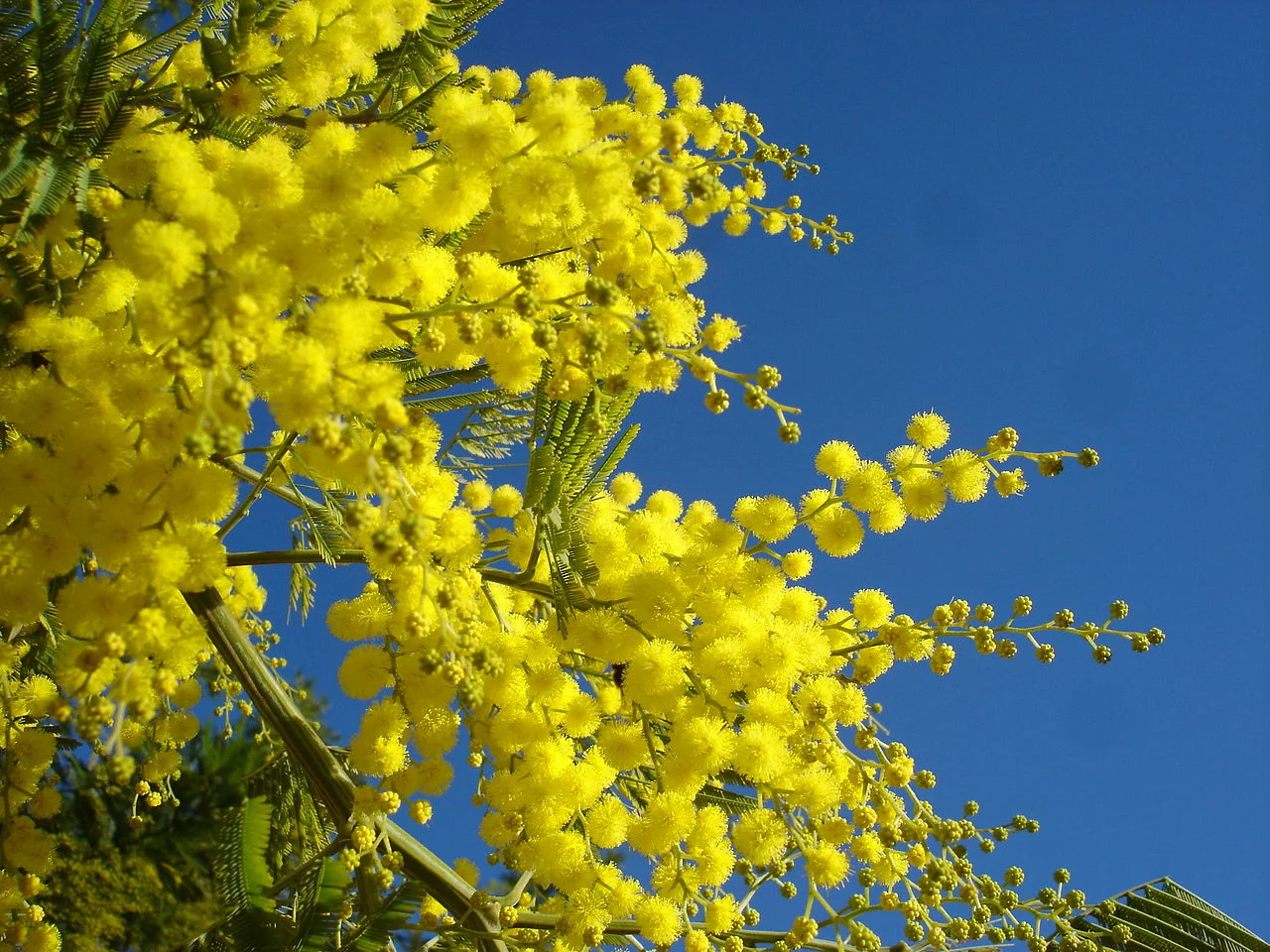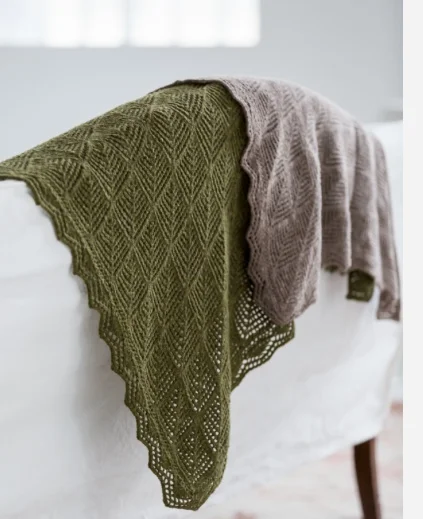Three Cheers for Women Day!
One spot has become available on Julie Arkell’s and Celia Pym’s unique combined workshop in May/June!
Tomorrow, Friday 8th March, marks International Women's Day, a global celebration of the social, economic, cultural and political achievements of women. The day also marks a call to action for accelerating gender parity. IWD has has been celebrated for well over a century, and is supported by over a million people all over the world. In 1911 German socialist Luise Zietz proposed that the holiday become an annual event to celebrate various women’s issues, such as suffrage and to promote equal rights for women. Clara Zetkin and Rosa Luxemburg were amongst the many brave women who pioneered women’s rights and in 1917, the Women’s Day demonstrations in Saint Petersburg, Russia, helped initiate the February Revolution, when women marched through the city demanding an end to World War I. The 8th March remains a national holiday In Russia and the Mimosa was chosen as a symbol of the movement.
One of the events celebrating the day and open for most of March is Narratives of Protest at the Rutherford Building, Lewisham Way, London (which includes work by one of our readers, Connie Flynn), an exhibition of work by women about women.
Recommended recently by a friend, I purchased a copy of Threads of Life: a History of the World Through the Eye of a Needle by Clare Hunter. Sewing is increasingly becoming recognised as an effective way to combat depression, the absorption demanded by needlework – its flow – calming the mind and reducing stress. The sense of accomplishment can boost mental health and improve our immune system, as relief from the pressure of multitasking is replaced by focussing on one thing.. I am half way through the book now and am absolutely loving it. Covering such diverse subjects as Mary Queen of Scots - whose exquisite threadwork during captivity is, for the most part, lost in the sands of time - Singapore prisoners of war, the intricate cross-stiching of inmates of Scottish mental institutions during the 19th century and much more. Published by Hodder & Stoughton at £20. (or buy it for £17.60 at guardianbookshop.com). Beautifully written and full of the most interesting and unexpected textile stories.
With the dreaded 29th March approaching fast, you might want to consider stepping aside from all the madness and joining us for an early Spring Weekend of classical music, as performed by the young and hugely talented Dutch pianist, Cyrill Ibrahim. We have few places remaining for this Friday to Monday event, with best seats in the house, delicious food and wine, and the wonderful seasonal French countryside to calm you down and remind you what real life is really all about. Luncheon on the Sunday will be prepared by Louise Pickford of Come Cook in France and served with superior vintage wines from our cellar - might be just what the doctor ordered for someone close to you stressed out by current events.
I love these 19th and early 20th century diving suits. Obviously whoever designed them must have had a great sense of humour (who, in all seriousness, would have contemplated stepping into one on terra firma, let alone sport one to the ocean bed?); they are just so ridiculously optimistic you have to smile. But then researchers have discovered that humour and laughter have many benefits other than the obvious connections involved in the control of major activities like friendship, love and affection. For example, comedy releases tension, which can lead to perceptual flexibility—a required component one imagines whilst entering deep waters or outer space. And perhaps more importantly, it stimulates both sides of the brain to enhance creativity by activating the limbic system in the brain and connecting the right and left sides. Which is one of the reasons we love hossting InstantWit’s Laughter Lab here once a year. Quite simply, it is one of the best Weekend Workshops you’ll ever attend - and this time I’m not kidding!
In my early thirties I attended a 3-year paper conservation course at Camberwell College of Art. I never used my hard-earned skills as I very soon realised I didn’t have the required patience of an angel, but I am still riveted by the techniques of restoration, whether it be paper, oil painting or ceramics. Here is a little video that shows the skill involved in removing the artwork from its frame, repairing the verso, cleaning a darkened varnish from the surface of the piece, matching the colours and original medium and finally touching up small areas that had become worn over the years using both modern and traditional techniques,. Magic!
For all our knitters out there’s still time to book a place on Åsa Tricosa’s fab Knitting Im-Mercerie from the 27th June to 2nd July,a perfect time of year to be visiting the Dordogne with it’s rich history and heritage site countryside. Visit Åsa's websiteto discover why her style and techniques are so popular, where you’ll also find all sorts of hugely helpful knitting tips. If you’re a newcomer to the world of yarn, and it’s the basics you need to learn, Brooklyn Tweed’s resources page is worth checking out; then when you’re feeling a little more confident, try one of their gorgeous shawl patterns. For those of us who don't live in North America, Loop of London also offer a limited selection of Brooklyn Tweed yarns (as well as many others).



















